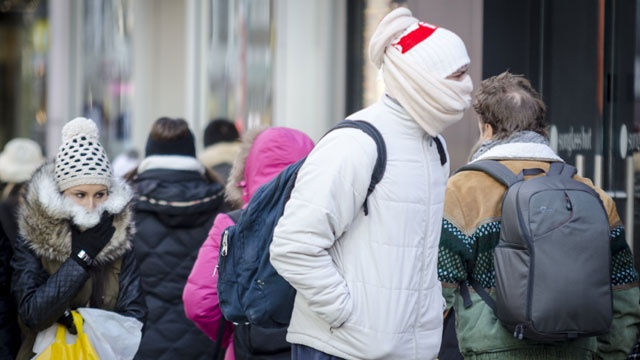OF THE
TIMES
The course of life and labour reminds me of a long journey I once took on the railway. Suddenly, there was a breakdown ahead, and passengers took the event in various ways. Some of them sat still resignedly, and never said a word. Others again, went to sleep. But some of us leaped out of that train, and ran on ahead to clear the road of all obstructions.
What’s complete crock of Bravo Sierra. Iran has Nukes for the not conversant regarding “MAD” theory dumbed down predictable programmed Dafty Duck...
The fact that the American public allowed this person to take the name POTUS, shows the underbelly of this once strong country that is now a...
Emmanuel Macron and Justin "Fidelito" Trudeau are boys of "Santa" Klaws Schwab...beautiful boys they are....nothing more, nothing less. They all...
The killing of Bobby Kennedy and the DOJ. The FBI at the time were made up of lawyers and they did do their jobs well even after Robbert Kennedy...
Comment: Whilst Israel may have had some success with its Western-backed genocide in Gaza, it made little headway in its efforts against Hamas...
To submit an article for publication, see our Submission Guidelines
Reader comments do not necessarily reflect the views of the volunteers, editors, and directors of SOTT.net or the Quantum Future Group.
Some icons on this site were created by: Afterglow, Aha-Soft, AntialiasFactory, artdesigner.lv, Artura, DailyOverview, Everaldo, GraphicsFuel, IconFactory, Iconka, IconShock, Icons-Land, i-love-icons, KDE-look.org, Klukeart, mugenb16, Map Icons Collection, PetshopBoxStudio, VisualPharm, wbeiruti, WebIconset
Powered by PikaJS 🐁 and In·Site
Original content © 2002-2024 by Sott.net/Signs of the Times. See: FAIR USE NOTICE

Reader Comments
to our Newsletter